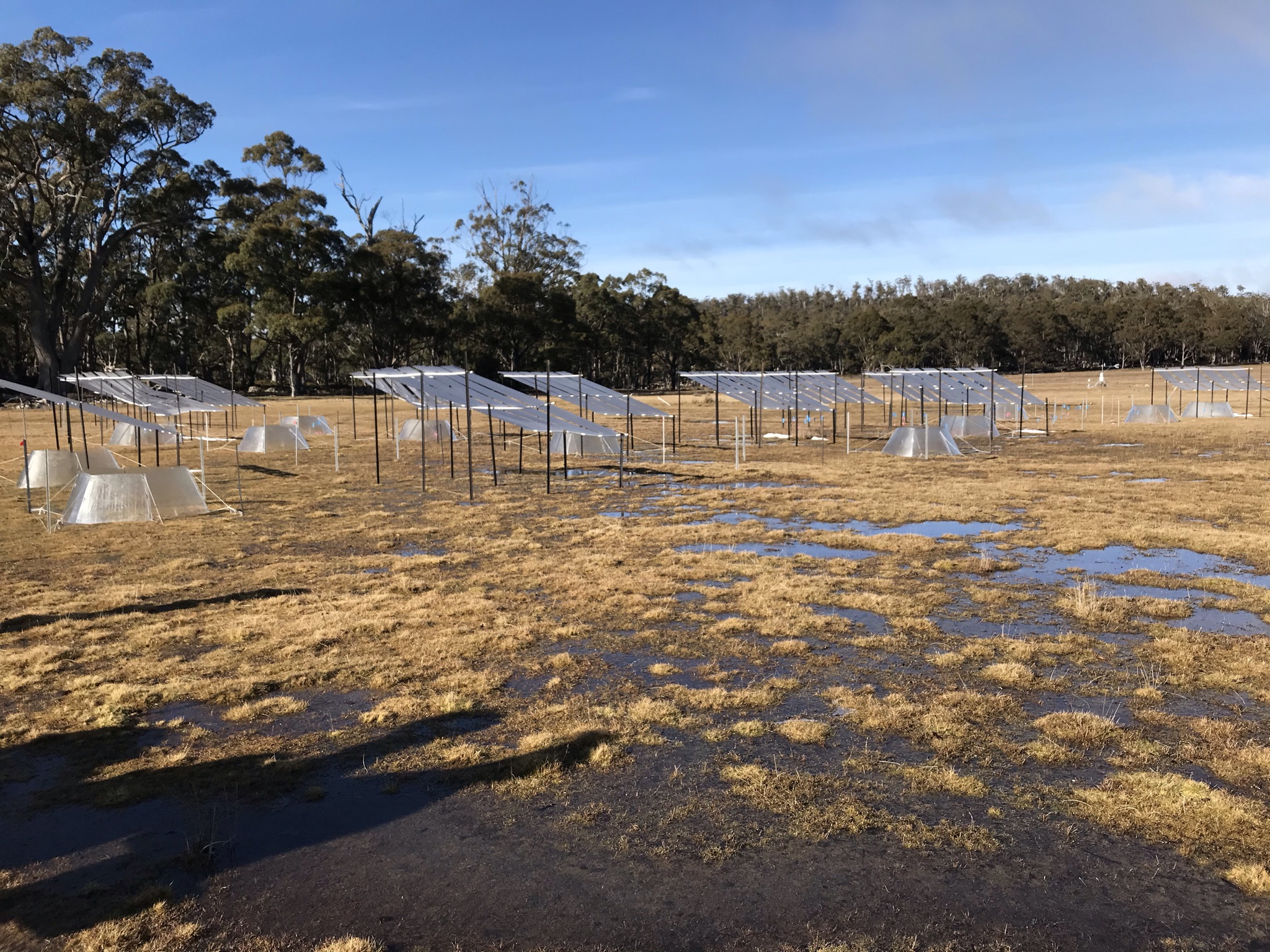A groundbreaking study published today in Nature shows the intricate relationship between climate change and carbon release in Arctic and alpine tundra ecosystems.
The study, which analysed 136 datasets across 28 tundra sites, including the Silver Plains Reserve in Tasmania's central highlands, sheds light on how these ecosystems are responding to rising temperatures.
Australian author and Professor of Plant Ecology at the University of Tasmania, Mark Hovenden, said the study's findings have been surprising and show the importance of the alpine environment.
"Our research shows tundra and alpine areas can be major emitters of carbon when they lose their water storage abilities and dry out," Professor Hovenden said.
"While we were aware that emissions were occurring, the rate was a surprise as it was almost four times more than previously estimated."
Researchers worldwide used small open-top-chambers (OTCs) in tundra sites to simulate the effect of a warming climate, with experiment durations being from 1 to 25 years.
Their research found there was a 1.4 degree increase in air temperature and a 0.4 degree increase in soil temperature, accompanied by a 1.6% decrease in soil moisture in these sites.
By performing the tests, they also found a remarkable 30 percent increase in the amount of carbon released from the ecosystem, potentially turning these important carbon stores into a source of CO2 to the atmosphere.
"These findings really show the urgency of the situation and the critical role our wetlands and peat swamps play in mitigating climate change," Professor Hovenden said.
"It also shows the importance of prioritising the restoration of areas like Tasmania's highlands, which play a crucial role in the broader ecosystem."

The Tasmanian part of the study took place at Silver Plains Reserve, managed by the Tasmanian Land Conservancy. Dr Cath Dickson, Conservation Science and Planning Manager at the Tasmanian Land Conservancy, expressed support for the research.
"Our collaboration with Professor Hovenden and the University of Tasmania students has been invaluable," Dr Dickson said.
"The team's research has helped us learn about both the importance and the urgency of restoring peat swamps and wetlands, so that they can act as carbon sinks rather than sources."
The study also revealed surprising findings about how local soil conditions influence ecosystem responses to warming.
"Understanding how soil conditions interact with warming temperatures is crucial for predicting future ecosystem changes," Professor Hovenden said.
"One of the surprising things we discovered through this study is that our findings from Tasmania are not unique; they reflect what's observed elsewhere, meaning we're a good barometer for what's going on globally."






